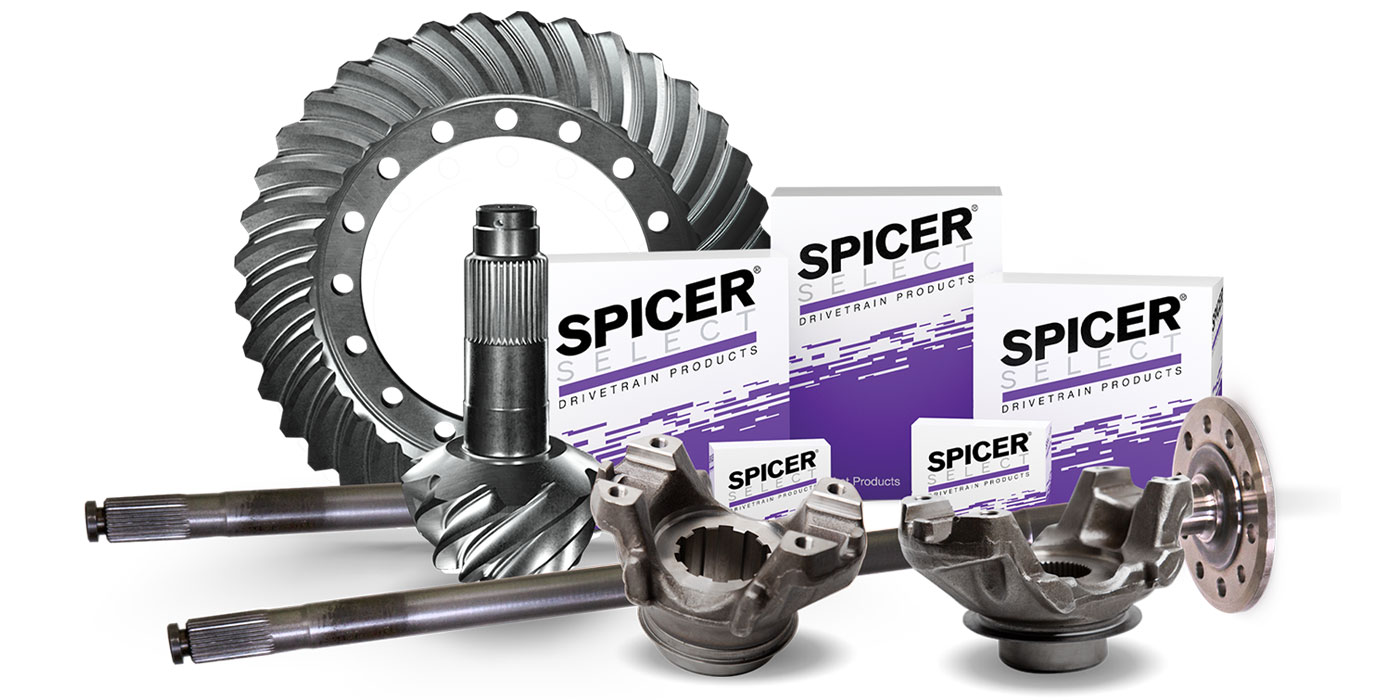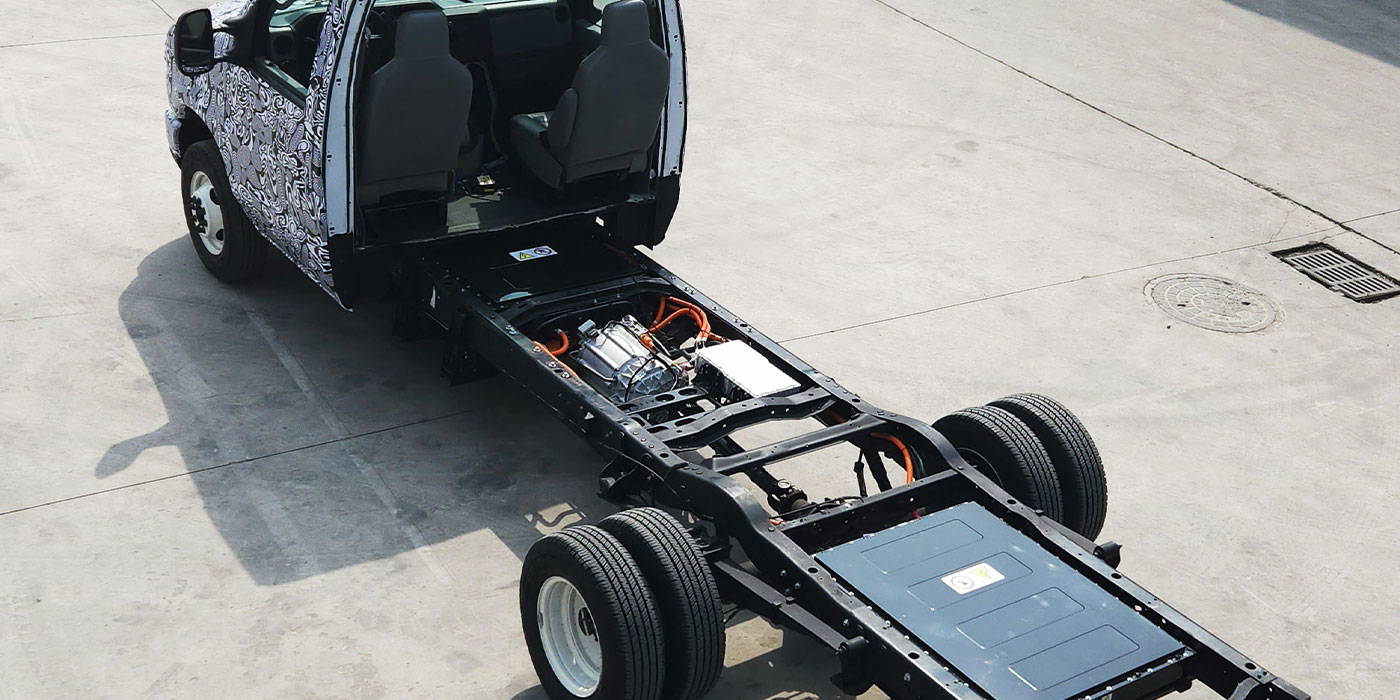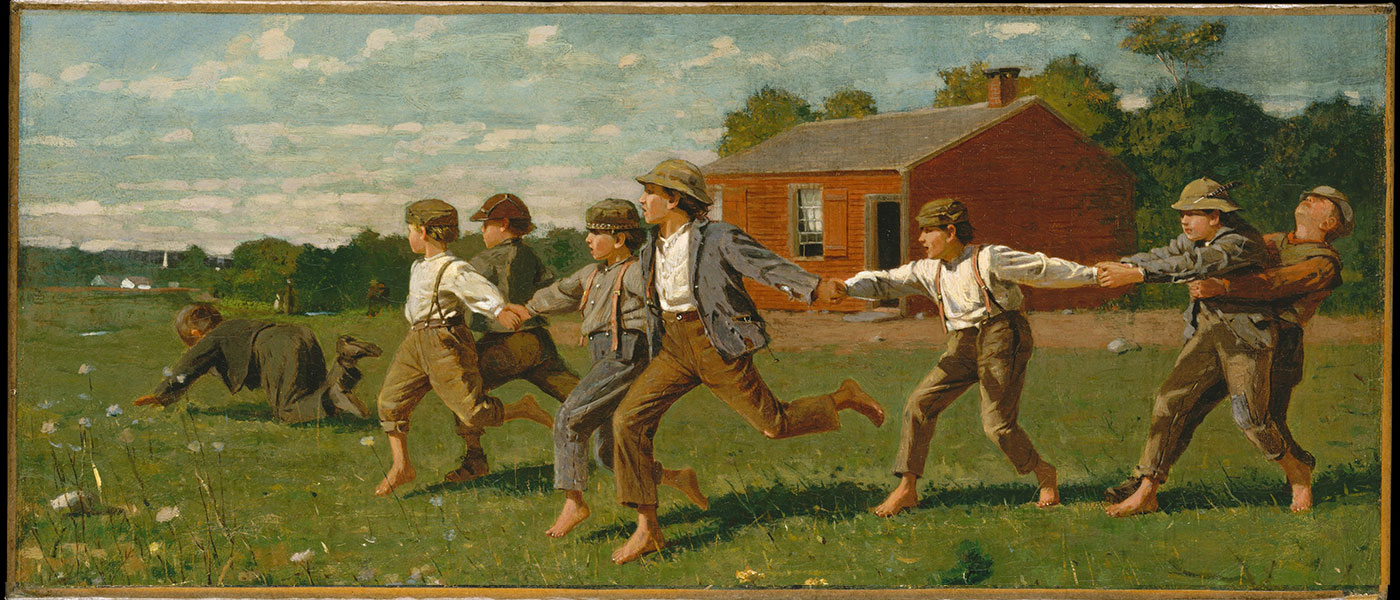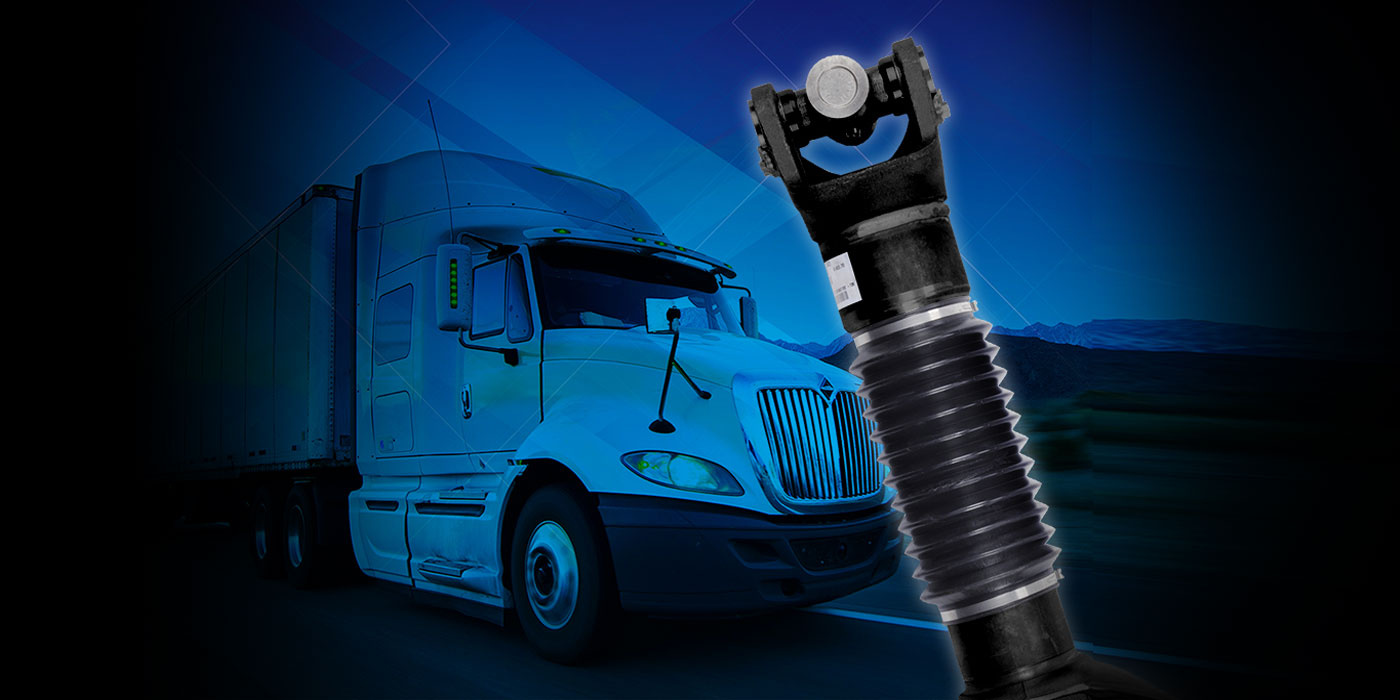The key to understanding aftermarket issues with commercial vehicle drivelines begins with an appreciation of the type of products originally spec’d and how well they are maintained over the life of the vehicle. The truck OEM and the driveline manufacturer decide which product will be offered based on the application, GCVW, engine horsepower and torque, rear-axle ratio and other factors. However, the end customer still has a choice of options to specify, and these primarily involve lubrication requirements: conventional, extended or even permanently lubed drivelines. Use (or abuse) of those drivelines, along with the maintenance they receive, further determines how soon a fleet may need to look to the aftermarket to keep those drivelines functioning. Above all, obtaining maximum efficiency from any driveline ultimately involves reducing friction in the system. We’ll look at ways to reduce friction to optimize driveline performance, reduce maintenance costs and achieve better fuel economy.
Spec’ing
From the OEM, the end customer can select the brand and type of driveline to specify within the OE’s application parameters. The base product offers conventional lube intervals (such as the Meritor RN series). An extended lube product extends the lube interval substantially: if the conventional product standard lube interval is 50,000 miles, extended lube offers 100,000 miles with longer warranties as well (as with the new
Meritor MXL series). “This option is for customers who recognize value and want to reduce maintenance, which is really the labor hours and associated lube costs for those lubrication intervals,” says Karl Mayer, product line director, drivelines for ArvinMeritor.
A recent development is the permanently lubricated driveline. Arvin-
Meritor said it currently is the only manufacturer to offer this option for heavy-duty Class 7 and 8 vehicles in North America, in its RPL series. Although the driveline is permanently lubed and sealed for life, it is not maintenance free; it does need periodic inspection.
Bob Ostrander, ArvinMeritor’s chief engineer – drivelines, says applications are spec’d in two ways: how much torque will the driveline have to transmit and what life cycle it will have. “Based on laboratory tests and field experience, we can specify through the OEM a product that will give the end user a serviceability and life from that vehicle he expects, not just through the warranty period but through the entire life cycle.”
The largest market for the permanent lube series is over-the-road tractors, but the market is not limited to that. Mayer says customers are “fleets that recognize the value of eliminating lubrication and its associated costs and realize there’s a payback to that.”
Common issues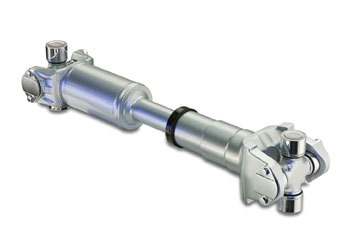
How a driveline is maintained in the shop and how it is driven affects its longevity. A number of issues that reduce driveline performance appear repeatedly, and ArvinMeritor engineers offer this list of preventable problems.
1. Lack of inspection. Even a permanently lubed driveline still needs periodic inspection to prevent downtime or warranty issues (it is better to catch a problem or damage before it becomes worse).
Rick Clay, product manager-drivelines, commercial vehicle aftermarket, ArvinMeritor, says to look for a dent in the drive shaft tube or a weight missing––something easily observed that might throw a driveshaft off balance or create a vibration too small to be noticed by the driver. It could cause premature wear or failure down the road. These are common things that you don’t have to pull apart the driveshaft to perform.
One easy thing to do is to grab the driveshaft and see how much play there is. If it’s questionable, refer to the published specs. Too much movement could create a problem.
2. Driver error. Popping the clutch or spinning the tires can wreak havoc, because when they catch, it creates a shock load that can result in either a fractured U-joint or driveline tube being twisted. This kind of damage is very evident. “If we see this in a warranty claim we know it’s not a manufacturing defect but driver abuse,” says Mayer.
3. Vehicle hits a stationary object, such as backing into a dock under power. Trying to move the foundation of a dock with the truck creates damaging shock loads to the system. Ostrander warns against a common practice, not published, where a driver locks the brakes and powers up, especially with an automatic transmission, to see that everything is okay. With the multiplication factor, you are sending all of that engine, transmission and torque converter torque to the driveline all at once, and you can far exceed the design limitations of the driveline. This practice can also damage axles and transmission as well as take the driveline out. “So don’t lock ’em up and power it.
4. Lubrication: not enough, not at all or done incorrectly. Using the wrong lube, or simple neglect, can result in damage. When you lube a driveline, clean off the zerk fittings so that you don’t push dirt into the
U-joint, says Mayer. Make sure grease comes out of all four ends/trunnions of the U-joint. Make sure you drive the vehicle right after you lube the slip joint if it is pulled out, otherwise the lube will turn to a wax-like consistency and push the breather or Welch plug out, letting contaminants in and shortening the life of the assembly.
When lubing the slip assembly, use lube with a good moly (molybdenum) additive, which is put into the lube specifically for sliding wear conditions, unlike wear from rolling or rotating elements. “One drum of lube doesn’t fit all, as some shops would try to have it,” Ostrander notes.
The leading cause of driveline failure is faulty lubrication, including improper or incomplete procedures, incompatible lube or no maintenance at all. They all create friction and heat.
5. Vibration. Just because there is vibration in vehicle doesn’t mean it’s coming from the driveline. A driveline will transfer sound and vibrations from a bad component such as transmission, axle or wheels and tires. If the problem is the driveline, it’s because it is out of balance due to being in service a long time and a weight has fallen off––or it was serviced and not balanced correctly.
6. Driveline angles. Look at the angles coming out of driveline, and out of the forward axle position––it should be 3° or less. It’s important that the angles are equal at both ends or cancel each other within 1°. With a higher angle, it’s more likely there will be a vibration issue to the detriment of the life of the U-joint. The
driveline operates more efficiently if the angles are kept low; it will generate less friction and last longer. Keep angles small––no more than 6°.
These are operating angles under a fully laden condition. If you set it up and apply a load, the angularity increases because you are depressing the suspension. Under momentary conditions, such as going over a railroad track or bump, the angle can safely go up to 22° to 25°. But beware: changing ride height can affect driveline angle.
7. Replacing parts to solve a vibration problem. Do not simply replace parts by trial and error to solve vibration thought to be from the driveline. Use diagnostic tools such as electronic protractors to check angles or an electronic vibration analyzer (EVA) that puts sensors on the driveline to determine the source of the vibration. Unbalanced tires/wheels may make a driver say it feels like a driveline imbalance, but its origin can’t be determined without diagnostic tools.
Aftermarket
If you have to service a driveline, what are your options and what should be considered? Look for a good-fitting product with long life and adhere to the maintenance rules. Some OEs use driveline specialists who rebuild drivelines and focus on them, not the end customer, to use their parts.
If you buy cheaper components, counterfeits or “knock offs,” you may realize savings up front, but may pay hundreds of dollars in repairs to bring it back to standard if it fails. Thousands have been bitten by buying cheap and then spending big to fix a vehicle on the road to get a payload to a delivery address.
In a price-point world, it comes down to second and third owners of a vehicle willing to buy cheap parts. They’re buying themselves more trouble than it’s worth if the parts don’t hold up. If you stay with premium products, you’ll have a much better result.
Some manufacturers offer remanufactured drivelines, from parts to complete driveline assemblies. Aaron Bickford, marketing director, commercial vehicle aftermarket, says ArvinMeritor’s Mascot company can build a driveline to order, which can be delivered within a few days.
Ostrander says OEMs today are building a far better chassis than previously, with less noise, harshness and vibration. He notes that ArvinMeritor has followed suit and changed its spec’ for allowable driveline imbalance to half of what it used to be. What used to be considered a specialty-balanced driveline is now standard.
To be assured of getting a best-performing system, the reputation of the supplier is important. Offshore manufacturers may remove something to eliminate excess cost, but may not know if they are removing an essential design piece. According to Mayer, “In buying from a reputable manufacturer, you pay to get engineered components, to get their brand equity, service and training support. The dealers, distributors and our customers know how to find us (or we find them), and we’ll make recommendations for them. You’re not going to get that level of support from the knock-off guys.”
Bearings need TLC, too
Tim Kiekow, engineering manager for NTN Bearing, notes that many driveline and driveline component manufacturers focus on ways to lower driveline friction to improve overall vehicle fuel economy. The main routes for doing this are to: 1) decrease frictional torque and 2) decrease overall weight.
Decreasing bearing frictional torque can be achieved by modifying the bearing’s internal design. For current axles, this can be accomplished without changing the bearing dimensions, allowing for a low-torque drop-in bearing replacement. To reduce weight, premium material and heat treatment can be used. These features reduce the size of the bearing needed to provide the same performance and life, allowing it to fit the limits of the application. Lubrication also contributes to overall efficiency.
Quality is the key factor in aftermarket bearings, says Kiekow. “Bearings available from trusted industry names should be used to provide optimum life in the application. Care should be taken in understanding the exact features and dimensions of any equivalent part numbers before considering them as replacements for any manufacturer-specified part number.”
When it comes to the best maintenance procedures, bearing handling, setting and lubrication are critical. When replacing bearings, it is important that new bearings be kept clean when handling and installing in the application. Even small amounts of contamination can be detrimental to bearing life. Setting preload or endplay according to the manufacturer’s specification is also critical because excessive preload or excessive endplay can dramatically reduce bearing life. Care should be taken to ensure the proper amount of lubrication is used according to manufacturers’ specs’ to ensure proper bearing operation.
NTN suggests following the component manufacturer’s recommendations regarding lubrication. When selecting a lubricant, take care regarding lubricant viscosity and extreme pressure (EP) additives. Low viscosity lubricants and specific EP additives can be detrimental to bearing performance. The component manufacturer should always be consulted when a lubrication change is considered.
Regarding the wheel end, ensure that the lubricant levels are at proper levels, advises Leslie Kern, product development manager, heavy-duty, SKF USA Inc. vehicle service market. When lube level falls below recommended levels, bearing friction will increase. The increased friction will increase energy and will cause the wheel end temperature to go up, shortening the seal and bearing life. Proper bearing adjustment is another key to reduced friction and improved economy, Kern notes. When bearing adjustment is within the TMC’s recommended practice found in RP618, .001 in. to .005 in., bearings will perform at an optimal level. Adjustments, too tight or too loose, waste fuel and shorten the life of wheel end components such as the seal, bearing and the lubricant.
OEM-approved bearing manufacturers who also sell to the aftermarket follow strict quality control guidelines that provide the end user a reliable bearing with extended life capabilities, says Kern. Be sure that the bearing has a warranty backed by a known bearing manufacturer.
The most common troubleshooting mistake fleets make is to assume that changing the seal resolves the problem. The seal could leak because the wheel end has been compromised by something other than a failed seal. Bearing failure, lack of lubricant, ingress of contaminants from a hubcap or drive axle gasket often need to be addressed. If another reason is discovered, always replace the seal. Be sure to follow the manufacturer’s handling and installation instructions.
For lubrication intervals and procedures, SKF recommends following the OEM recommendations or refer to TMC recommended practices RP624 Lubricant Fundamentals or RP631A Recommendations for Wheel End Lubrication.

